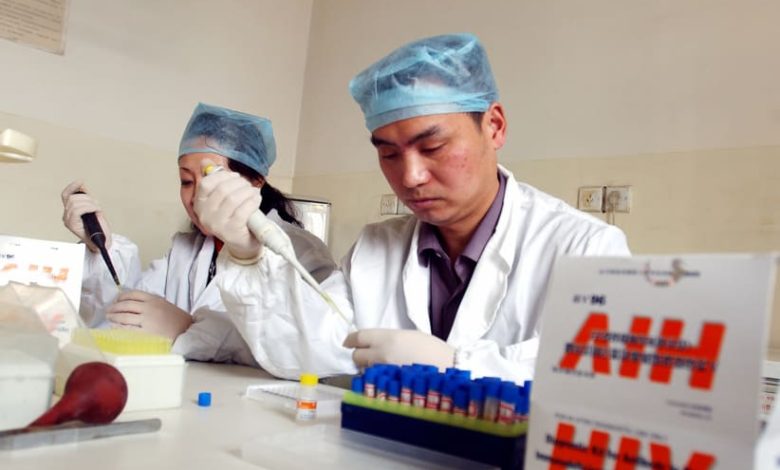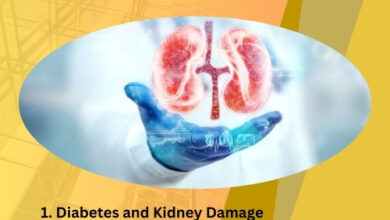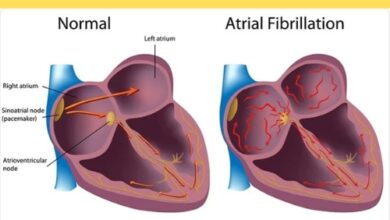Breakthrough in HIV cure: Seventh person worldwide appears cured
The man has remained in a state of "viral remission," meaning that repeated tests have not detected any trace of HIV in his body.

A German citizen may be a part of a historic medical achievement after claiming to have been cured of HIV—a feat just six people have achieved globally in the more than forty years since the AIDS crisis started.
In October 2015, the German man, who wished to remain unidentified, underwent a stem cell transplant as part of his treatment for acute myeloid leukemia (AML). In September 2018, he stopped taking his antiretroviral medications, which are used as a form of treatment to keep HIV at a low level.
The individual has stayed in a condition of “viral remission,” which indicates that no evidence of HIV has been found in his body despite numerous tests.
The man stated, “A healthy person has many wishes, a sick person only one,” in a statement regarding his illness.
It is anticipated that the case will be presented shortly in Munich at the International AIDS Conference.
This man is the seventh person on the planet who seems to be virus-free. Experts have tempered the euphoria, though, by cautioning that only a select few will be able to receive the treatment that the carriers received; all of the patients got the virus and subsequently developed blood cancer, which needed to be treated with a stem cell transplant.
All traces of the HIV virus were probably removed from the patients’ bodies thanks to the immune cells in the bone marrow donors that possessed an uncommon resistance to the virus.
The difficulty of curing HIV
One reason the HIV virus is hard to treat is that it causes a lot of mutations that make it hard to design a vaccine that works. Furthermore, some of the body’s “dormant” immune cells that it infects do not eliminate the virus. Antiretroviral medications, which impede the virus’s reproduction but do not eradicate it entirely, are mandated for carriers.
Doctors discovered bone marrow donors with uncommon and spontaneous abnormalities in both copies of a gene that produces a specific protein called CCR5 on the surface of immune cells in five of the seven cases with a clear or potential HIV cure. To infect cells, the majority of HIV strains bind to this protein. The immune cells are resistant to HIV if the CCR5 proteins are not functioning.
Since the German man’s donor possessed just one copy of the CCR5 gene, his immune cells most likely contained only half as much of this protein as usual. He also only carried one copy of the gene itself. These two genetic variables working together might have raised his chances of recovery.
Although approximately 1% of individuals with northern European heritage have two copies of the faulty CCR5 gene, 16% of them have one copy.
Who are the six others cured of HIV?
Timothy Ray Brown, also referred to as the “Berlin patient,” was the first man to be claimed to have been cured of HIV. He is the first of the six patients who are thought to have recovered from the virus.
American resident in Germany Brown received treatment for AML cancer. Although his HIV was healed, he passed away in 2020 from recurring leukemia.
Known as the “London patient,” Adam Castillejo is an Englishman who was born in Venezuela. He had blood malignancy and had a stem cell transplant. He was deemed healed in 2016 and stopped taking his HIV medicine.
In 2013, Marc Franke, also referred to as the “Düsseldorf patient,” underwent a stem cell transplant as a treatment for AML blood cancer. Franke, 55, is said to be in good health after she stopped taking antiretroviral medications for HIV in November 2018.
Paul Edmonds, referred to as the “patient of City of Hope.” At sixty-three, Edmonds is the oldest patient who has recovered. Since March 2021, he has not taken HIV medicines since receiving a bone marrow transplant in 2019.
Five years after he stopped receiving medication for HIV, he will be deemed entirely cured next year. In a statement expressing his joy about the recent instance of an apparently cured individual, he stated, “My vision is clear: a world where HIV is no longer a sentence but a footnote in history.”
Another woman known as “The New York patient” was given a stem cell transplant from umbilical cord blood after being diagnosed with leukemia in 2017.
The “Geneva patient” is a fifty-year-old man who underwent a bone marrow transplant and was diagnosed with a rare blood malignancy in 2018. He has not received HIV therapy since November 2021. Doctors are being cautious in this instance as well, declaring him cured only after he has gone five years without HIV therapy.




